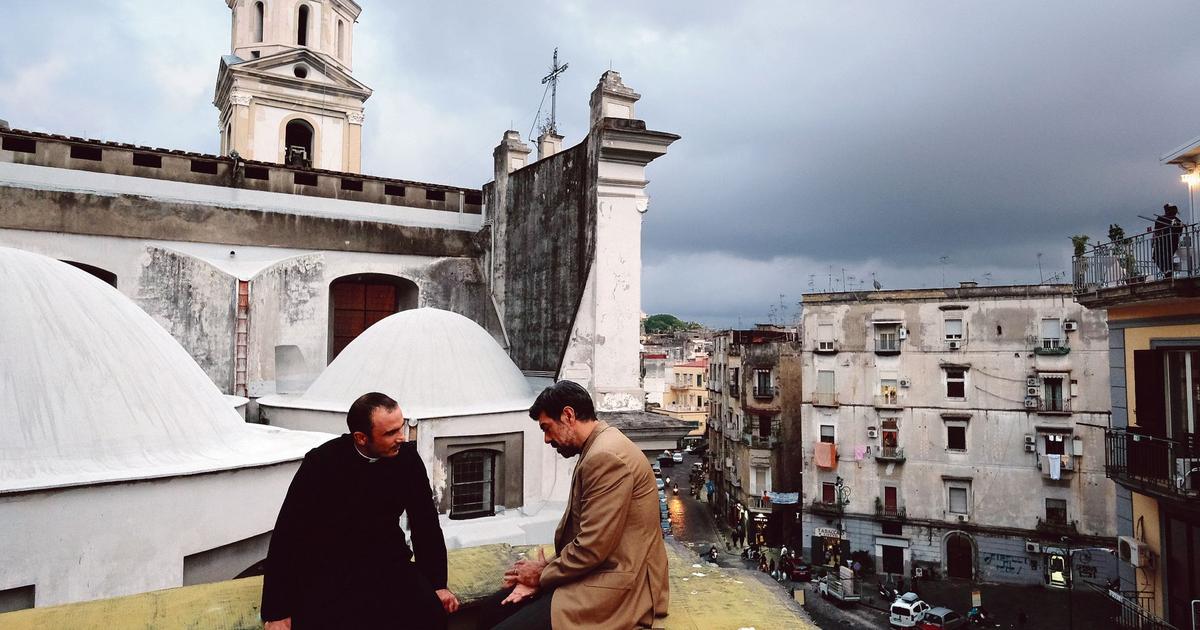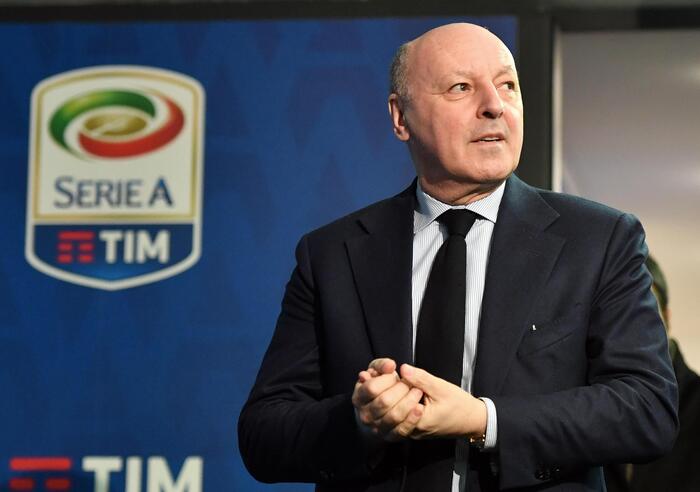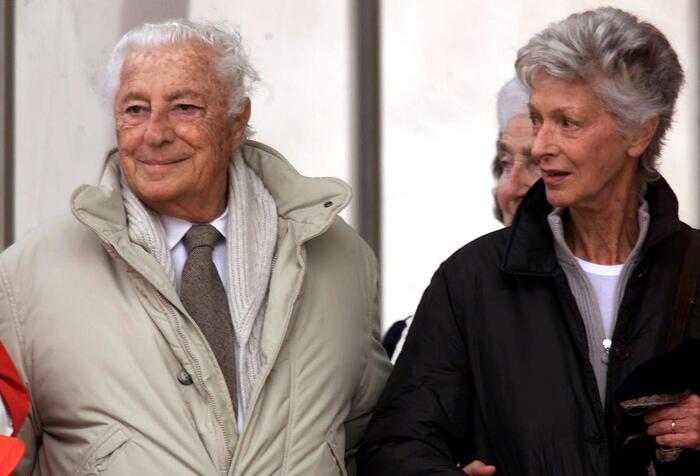Felice may have the features of Pierfrancesco Favino, the star of Italian cinema, but for the viewer he is an enigma.
The first sequences of
Nostalgia
show an unnamed man, arriving in Naples from a country that we guess is far away.
He walks the streets alone.
He lunches in trattorias without drinking wine.
He speaks hesitant Italian.
Felice looks like a western or film noir hero back home.
He regards his native country as a foreign land.
It's not the Sanità, this old working-class and landlocked district of Naples, that has changed, it's Felice's view of people and things.
One could almost write, with Joachim du Bellay,
"happy who, like Felice, has made a long journey / Or like that one who conquered the fleece / And then returned, full of use and reason / To live between his parents the rest of his age!"
Nostalgia is not what it used to be.
Felice's mother is going to die.
The son takes care of it with infinite tenderness.
He bathes her, installs her in a beautiful apartment, far from the hovel where Orestes has placed her.
Read also"The Traitor" Pierfrancesco Favino, the true face of the fall of Cosa Nostra
Orestes, his name, when not uttered in a fearful whisper, is silent.
The man is the leader of the worst Camorra clan in Sanità.
Orestes and Felice were best friends.
Flashbacks show the young men on motorbikes, hair flying, doing the 400 shots or speeding towards the beach.
A more painful memory binds them.
A secret that Felice confesses to Don Luigi, the priest and sworn enemy of Orestes.
The character is inspired by Don Antonio Loffredo, a Neapolitan priest who hijacked young people from the Camorra by offering to restore the catacombs of San Gennaro or set up an orchestra in the early 2000s.
Godfather pariah and without peace
If Mario Martone meticulously films this realistic and social anchoring, he transcends it magnificently.
Nostalgia
shows nothing of the fruitful trade of Orestes (drugs, racketeering, concealment, prostitution).
But he stages his grip on every street corner and the paranoid climate he instills in the maze of Sanità.
Felice's day or night walks take a less leisurely turn.
We observe it, we threaten it.
He does not give up on meeting Orestes, pariah godfather and without peace in his prison without a jailer.
The reunion, poignant, between threats and remorse, will take place.
A face-to-face between two men who have so much to atone for.
Between two great actors too.
Tommaso Ragno only needs one scene to give Orestes its tragic dimension.
We will never know what this drawer contains, which he opens in a movement of furious sadness.
Maybe a faded photograph, or a weapon.
Pierfrancesco Favino has the charisma of Al Pacino in
L'Impasse
, by Brian De Palma.
A cult film in Naples, where the story of Carlito Brigante, Puerto Rican drug kingpin released from prison and ready to settle down, particularly resonates.
Felice does not want to run away from violence or crime.
But they catch up with him as soon as he sets foot on his native land.
Mario Martone highlighted a phrase by Pasolini:
“Knowledge is in nostalgia.
He who has not lost himself does not possess.
Felice's wandering is her greatest wealth.



/cloudfront-eu-central-1.images.arcpublishing.com/prisa/QP2XO6PKYVB3REJWNX5RNCQ5R4.jpg)



/cloudfront-eu-central-1.images.arcpublishing.com/prisa/2YUSHFMR4JGY5CJVGRA3DHWGUY.jpg)
/cloudfront-eu-central-1.images.arcpublishing.com/prisa/P57FJDV3O2QXVNPNOQCY3MK5XA.jpg)

/cloudfront-eu-central-1.images.arcpublishing.com/prisa/Z45E6KV7VJGUXAKJWH7VA4NJSE.jpg)




